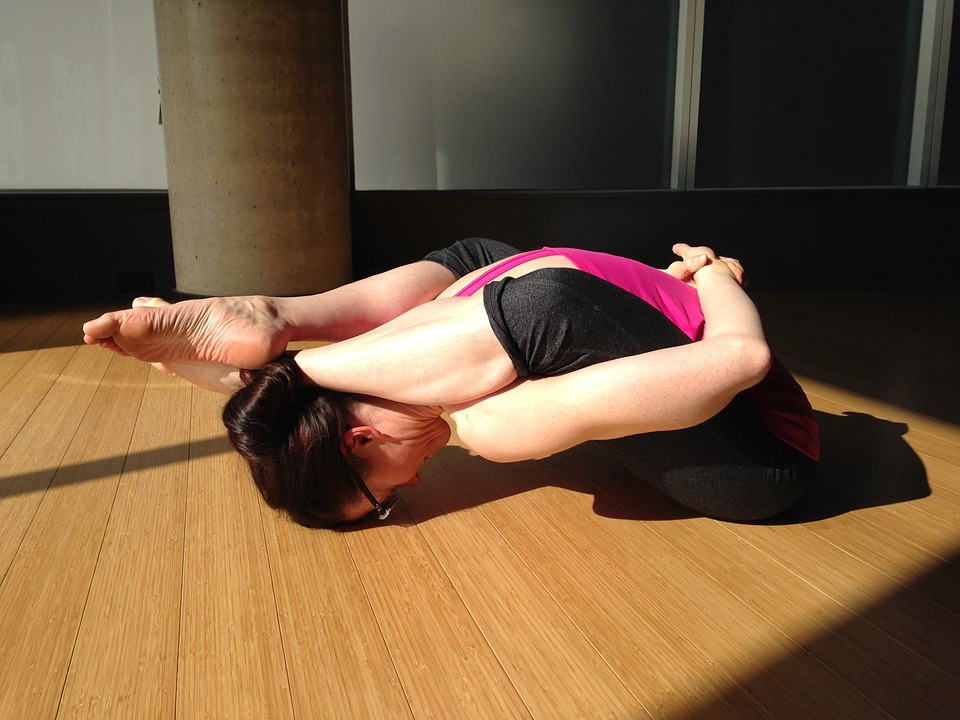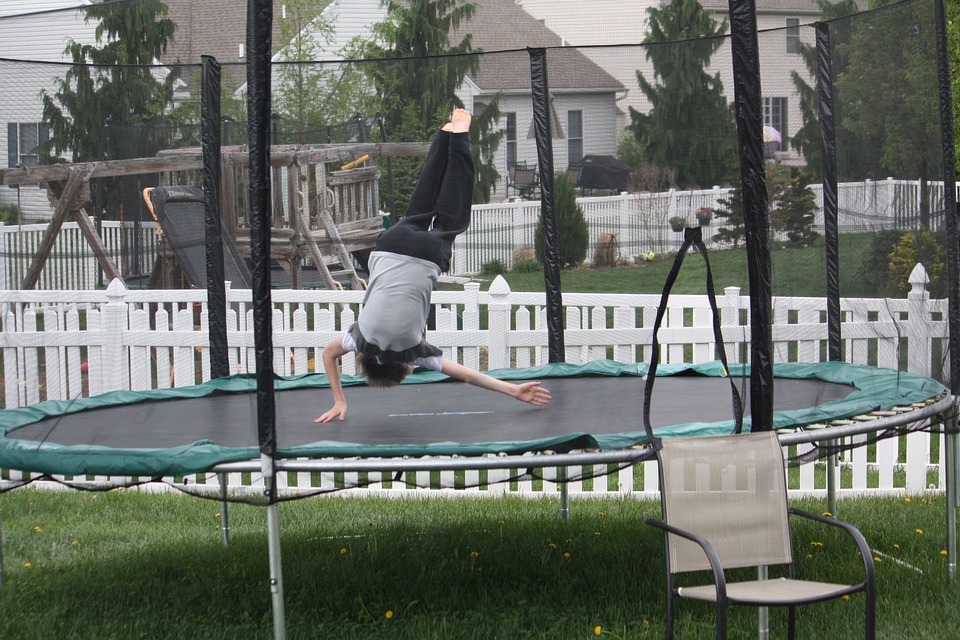There was a time when most gyms gave focus to the only the physical part of the body. All their energy and equipment was meant to help people chisel and tone their body and flaunt their curves to the world. They were unable to look beyond what was obvious – the body. In the process, they forgot the other side which was no less important – the mind.
The scenario is changed now with gyms rectifying the mistakes or more health-conscious people now wanting to take care of the mental side as much as the physical one. The focus is now to look for holistic health or total health. Thank god there are a variety of classes to meet this specific requirement.
So, gyms today are bound to have fitness equipment in the same as do they host mind & body classes. Such classes aim at giving mental stimulating or rejuvenating the gym-goers completely. What are those classes?
They include –
Pilates
Pilates is now an important class at gyms that focus on physical and mental health at the same time. It helps improve balance, flexibility, and posture with the help of a unique method. It’s basically about body control and muscles conditioning and its benefits are too many to ignore.
truBalance
Gyms today have understood that only letting people tone their body is not enough. That’s why they have to include true balance in their regular classes – a unique Tai Chi inspired workout. These classes combine Pilates and Yoga to boost core stability and flexibility. The end result – a total heath. When a class brings the best from both the worlds – yoga and Pilates – then it should be joined right away.
Yoga
Yoga is now an integral part of body & mind classes conducted at gyms worldwide. It’s an ancient system of attaining holistic health. It has different poses and meditation techniques to help individuals not only improve the core, flexibility, and strength but also relax the body and stimulate the mind. For ages, yoga has been helping sages and commoners alike in the pursuit of total health.
Read also: Bed Time Yoga to Sleep Well
Tabata
Gyms now understand the value of having classes that help impact the entire body. This is why they have included Tabata classes which is a great way to burn fat and shape the muscles. This high-intensity circuit class not only helps in muscle toning but also posh people to their limits. The best part, its benefits reach to every part of the body which makes it a popular presence at the gym.
Spinning
High-intensity interval training is now a key part of classes held at gyms worldwide. Such lasses are considered quite helpful for burning body fat and boosting the all-round fitness. In this, gyms can set foot-thumping music and can put on disco lights as well. In a way, these classes are meant to add a new dimension to classes.
HIIT class
A gym today won’t help if did not have HIIT classes. They should have classes that provide a full-body workout. More so, there should be classes to help people burn calories in big amount. Such a class should give people their own pace to maintain and impact the entire body.
In overall, the time has come when you should look to be at a gym where an equal amount of focus to dedicated to both body and mind. That’s why it becomes important to be only at one of those gyms in Plymouth where classes are available to impact the entire body. So, be careful in choosing the right gym and add a new dimension in exercising.























